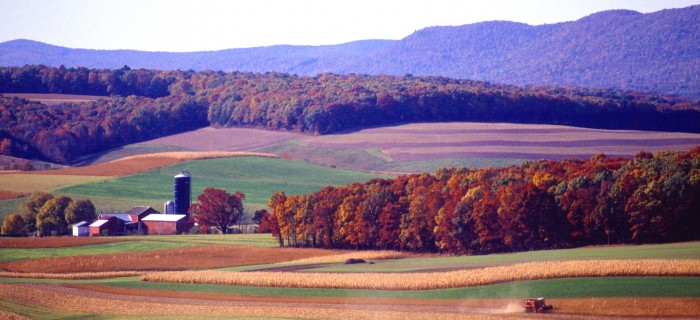Rights Fight: Local Democracy Vs. Factory Farms in Pennsylvania
Food First Backgrounder, Winter/Spring 2005, Vol. 11, No. 1
They hang the man and flog the woman, Who steals the goose from off the common, Yet let the greater villain loose, That steals the common from the goose. – seventeenth century English protest rhyme
Around 1998 life was getting tough for agribusiness in North Carolina. In thirteen years the state had risen from fifteenth to the number two hog producer in the country, with more hogs than people, and its largely African-American Duplin and Sampson Counties were the nation’s two largest pork-growing counties. Pollution, public health , and environmental justice problems were causing widespread outcry; beginning in 1 997 the state imposed a moratorium on all new pig farms for almost six years. So factory farm corporations were on the prowl for greener pastures (in a manner of speaking).
Central Pennsylvania looked like an attractive target. It has an excellent system of roadways and accessible distribution centers. Land is relatively cheap. Many small farmers, as usual, were struggling. The Pennsylvania Farm Bureau, nominally a farmer advocacy organization, is firmly in the pocket of big agribusiness and highly influential in the legislature. The central part of the state is rural, with township populations ranging from several hundred to a few thousand. This means there were no zoning regulations (the townships didn’t need them) to get in the way of large-scale hog farming—in fact, the primary purpose of rural township governments is to maintain the roads, and they would have no idea how to deal with powerful businesses. In short, the townships between Philadelphia in the east and Pittsburgh in the west were sitting ducks. Or so the ag boys thought.


 Help Food First to continue growing an informed, transformative, and flourishing food movement.
Help Food First to continue growing an informed, transformative, and flourishing food movement.




